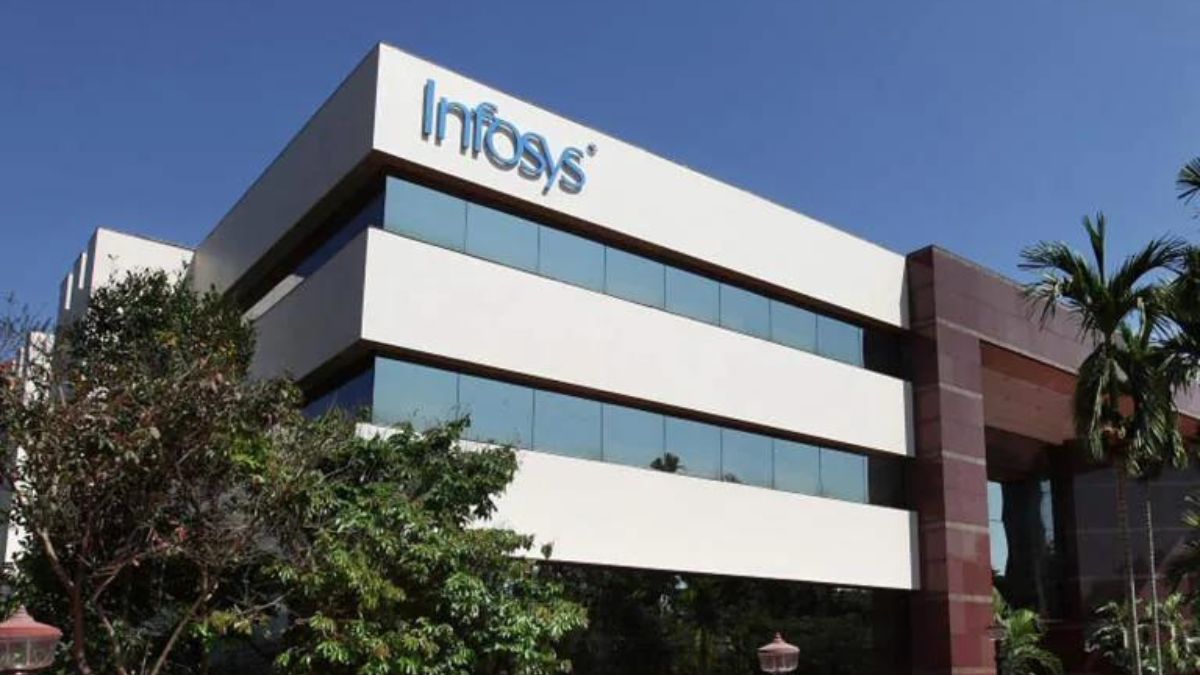Tax law revisions aimed at increasing transparency, reducing disputes will promote a sustainable investment environment read more
)
Union Finance Minister Nirmala Sitharaman. PTI
Over the past decade, India has built a prominent position for itself in the global economy driven primarily by significant improvements in the country’s business environment that have fueled investment-led growth. The country has seen record influx of foreign direct investments (FDI) in the last decade amounting to a whopping $667.4 billion, which is about 67 per cent of the total FDI since the year 2000. Numerous multinational enterprises (MNEs) now view India as a prime location for expanding their operations, mainly due to government initiatives to enhance ease of doing business and simplify tax structures.
As the Indian economy progresses further, it becomes important to address certain aspects of the income tax law, particularly in transfer pricing. Some of the key amendments expected in the transfer pricing regulations are as follows:
- Exemption from filing accountant’s report (Form 3CEB) by non-residents
The Income-Tax Act, 1961 (‘I-T act’) exempts a non-resident taxpayer, deriving income in India solely from interest, dividends, royalty or technical service fees, from filing an income tax return in India on fulfilling specified conditions. However, there is no similar exemption from filing accountant’s report under transfer pricing, which is a supporting document for the income tax return to ensure arm’s length nature of the taxable income. This results in undue hardship and a risk of penal consequences for the taxpayer. The government may remove this anomaly in the law to streamline compliance requirements and avoid unnecessary compliance burden on non-resident taxpayers.
- Re-evaluation of Safe Harbour Provisions
The existing I-T Act allows taxpayers to opt for the safe harbour rules to avoid transfer pricing litigation. However, the present safe harbour rules are not commercially and economically aligned to business realities and thus fail to provide the intended benefit to taxpayers. Therefore, only very few taxpayers have adopted this dispute prevention mechanism. This underscores the critical need to revamp the said rules to align with the current business landscape, as summarised below.
First, the safe harbour benefit has been restricted to companies with turnover of up to Rs200 crore., which makes the rules inaccessible to majority of the MNE taxpayers. Further, Safe Harbour rates/ margins are still higher than the comparable benchmarks, making them commercially unviable for taxpayers to adopt. The government may re-evaluate the safe harbour provisions to enhance the coverage and making them aligned to economic reality/ comparable benchmarks.
Advance Pricing Agreement (APA) programme
a) Fast tracking of APAs
India introduced another dispute-prevention mechanism in July 2012, i.e., the APA programme. Since then, India has concluded about 35 per cent of the total inventory of APA applications. Even after factoring the cases of withdrawal and closure for other reasons, India still has a large inventory of pending APA applications. The average time to conclude a Unilateral and Bilateral APA is around 44.2 and 58.77 months respectively. These significant delays undermine the intended benefits of the programme. Urgent steps are needed to introduce a mechanism that expedites the conclusion of APA applications. This can be achieved through efficient inventory management, capacity building and specific guidelines for concluding simpler cases of captive service providers as well as renewal cases.
- b) Refund of excess withholding tax
In the current APA scheme, there is no mechanism for the counterparty transacting non-resident taxpayer to claim a refund of excess withholding tax (if any) after the determination of the arm’s length price agreed in the APA of the Indian Associated Enterprise (AE). This facility is not available to the non-resident associated enterprise even in bilateral APA situations. As a result, non-resident taxpayers have excess withholding tax lying with the Indian government, resulting in an extra tax burden for the non-resident AE. The government may consider rationalizing the APA scheme by introducing specific provisions for non-resident taxpayers to claim a refund of such excess withholding tax (if any) after the conclusion of the APA of the Indian entity. This would ensure a fair and equitable outcome for the group from an India tax perspective.
- Profit attribution for permanent establishments (PEs)
In industries such as banking, insurance, construction, infrastructure, MNEs set up branch or project offices in India to conduct business or execute projects. Similarly, there are numerous cases involving other PE situations such as Service PEs, Fixed place PEs etc. However, there is a lack of clarity in the law/ rules on the methodology (Transfer Pricing methods versus formulary approaches) to be adopted for attribution of profits to such PEs, thus resulting in protracted litigation. This creates uncertainty and places significant tax burden on these MNEs. Although the government issued a draft consultation paper in 2019 to provide guidance on profit attribution to PEs, the lack of a finalized profit attribution approach remains a significant issue to be addressed.
Conclusion
As India continues to position itself as a global economic powerhouse and achieve its dream of becoming a developed nation by 2047, the government may consider addressing these fundamental issues relating to transfer pricing in order to ensure certainty and reduce litigation.
The author is a Partner with Deloitte India. Views expressed in the above piece are personal and solely that of the author. They do not necessarily reflect Firstpost’s views.

 1 month ago
9
1 month ago
9
)
)
)
)
)
)
)
)
)
)
)
)
)
)
)
)
)
)
)
)
)
)
)
 English (US) ·
English (US) ·